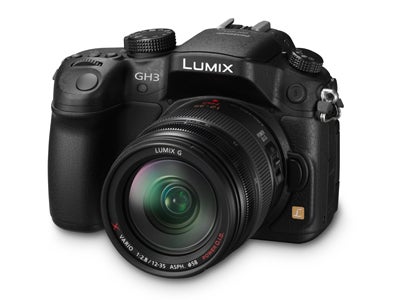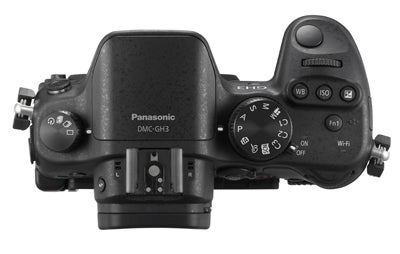The GH3 is the largest mirrorless camera we’ve laid hands on but is it ready to take on DSLR competition?
Panasonic Lumix GH3 Review
Value & Verdict
Operationally, the GH3 has come on a long way from the GH2. With a larger handgrip, improved arrangement of buttons, bigger battery and superb touch screen we don’t have any regrets in saying the GH3 is one of the most intuitive CSCs we’ve used.
The camera is well supported by a fine selection of lenses and there’s no less than seventeen Panasonic G-series lenses to expand the system from wide-angle 7mm lenses right through to 300mm telephoto zooms.

With Wi-Fi now built in to the camera it’s also possible to skip out the step of uploading your images to your computer before attaching them to an email or posting to social media channels. What’s more, the idea of being able to see exactly what the screen displays on your phone or tablet is fantastic and this could really catch on with wildlife photographers who like to work as discreetly and as quietly as possible.
The GH3 challenges DSLRs at a similar price point in the way it handles and operates, but what about image quality? In isolation the detail that’s resolved by the 16MP sensor is very respectable indeed and it’s not until you compare the results side-by-side with a camera that uses an APS-C sized sensor that you realise there’s fractionally less detail in the GH3’s files at 100%. The highest sensitivity setting we’d be confident of shooting at is ISO 3200 and ISO 6400 at a push with some noise reduction applied.

So getting back to our initial question of whether the GH3 is ready to take on DSLR competition, our answer to this is yes. Both photography and video is a pleasing experience with the GH3 and with a 92% overall score it comes away with a WDC Gold Award.




